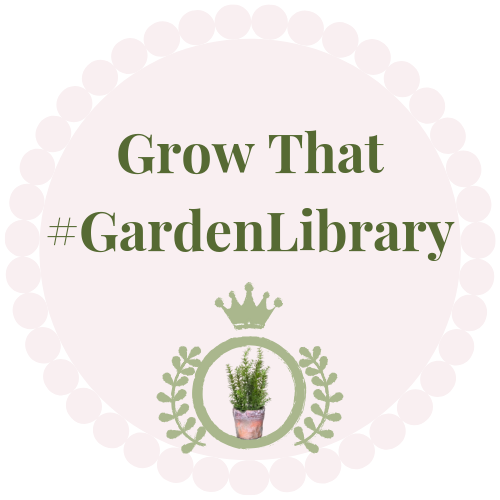How to Know the Ferns by Frances Theodora Parsons
As Heard on The Daily Gardener Podcast:

Today's book recommendation: How to Know the Ferns by Frances Theodora Parsons
Parsons was an American naturalist and author, remembered most for her book on American wildflowers. But her book, How to Know the Ferns, is also a favorite and it's a personal favorite of mine.
One of the reasons I'm a huge Parsons fan is because of her incredible life story. After her first husband and baby died, Parsons finally broke her grief when her friend Marion Satterlee managed to get her to take nature walks, which rekindled her love for wildflowers. In 1893, Fanny published her famous book, How to Know the Wildflowers. It sold out in five days and was a favorite of Theodore Roosevelt and Rudyard Kipling.
Three years later, in 1896, Fanny married a childhood friend, a professor, politician, and diplomat, James Russell Parsons. The following year, Fanny gave birth to their son. Parsons was not well off, so Fanny wrote today's book, "How to Know the Ferns," in an effort to financially help her family.
In the first page of the book, Parsons shares this beautiful quote about ferns by Henry David Thoreau:
“If it were required to know the position of the fruit dots or the character of the indusium, nothing could be easier than to ascertain it; but if it is required that you be affected by ferns, that they amount to anything, signify anything to you, that they are another sacred scripture and revelation to you, helping to redeem your life, this end is not so easily accomplished.”
A year after Ferns, Fanny gave birth to their only daughter, Dorothea, who tragically died at two and a half years old five days before Thanksgiving in 1902. Three years later, Fanny's husband, James, was killed when his carriage collided with a trolley car.
A widow for the second time, Fanny published this poem in Scribner’s Magazine in 1911: When Laughter is Sadder than Tears.
The marshes stretch to the dunes, and the dunes sweep down to the sea,
And the sea is wooing the meadow which waits with an open door;
Then a melody sweet to the hearer floats up from the murmuring lea
Till the sea slips seaward again and the land is athirst as before.
And athirst is the heart whose worship is not the worship of yore,
Whose visions no magic can conjure, whose plenty is suddenly dearth;
And parched as the desert the soul whose tears no grief can restore,
Whose laughter is sadder than tears and whose grief is as barren as mirth.
The days are alive with music, the nights their pleasures decree;
The vision the morning fulfills is the dream that the evening wore,
And life is as sweet to the living as the flower is sweet to the bee,
As the breath of the woods is sweet to the mariner far from shore.
But singing and sweetness and laughter must vanish forevermore,
As the petals fall from the flower, as the waters recede from the firth,
When hopes no longer spring upward as larks in the morning soar,
Then laughter is sadder than tears, and grief is as barren as mirth.
Friend, if shaken and shattered the shrine in the heart that is fain to adore,
Then forsake the false gods that have held you and lay your pale lips to the Earth,
That in her great arms she may take you and croon you her melodies o'er,
When laughter is sadder than tears and grief is as barren as mirth.
SI HORTUM IN HORTORIA PODCASTA IN BIBLIOTEHCA HABES, NIHIL DEERIT.

